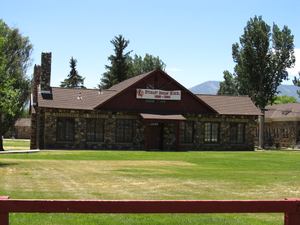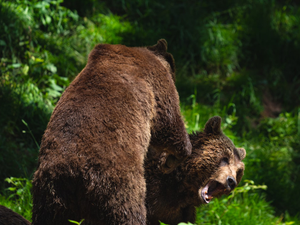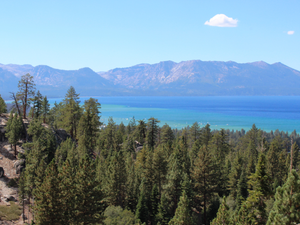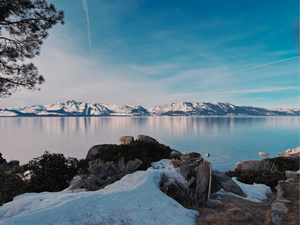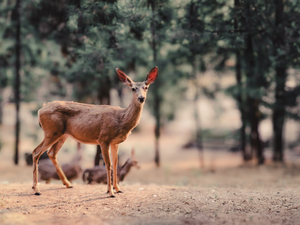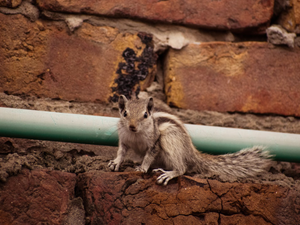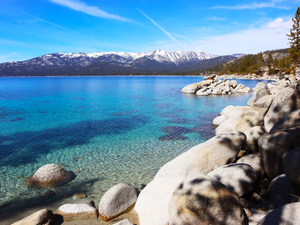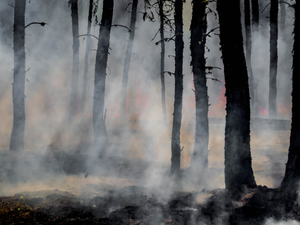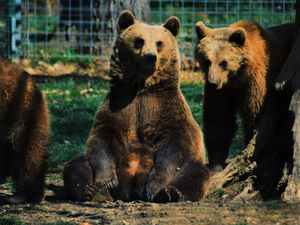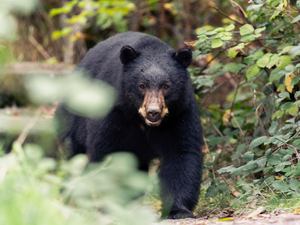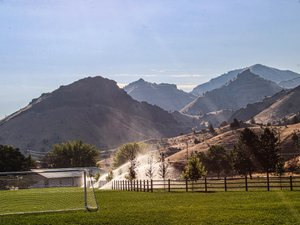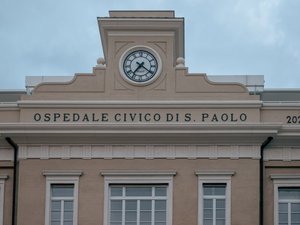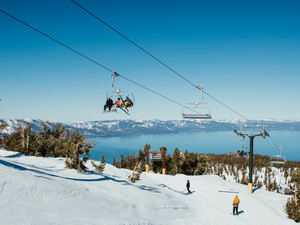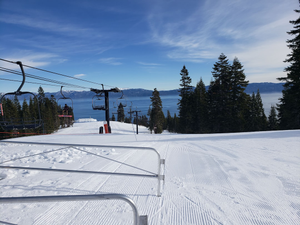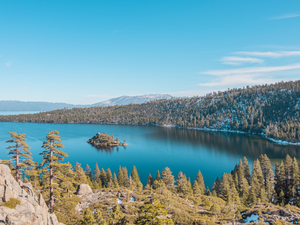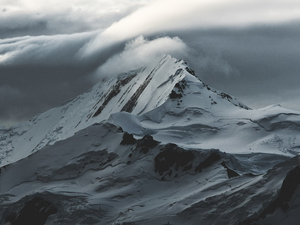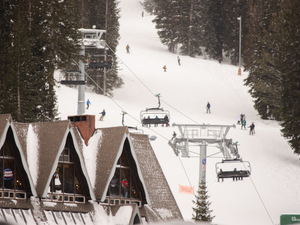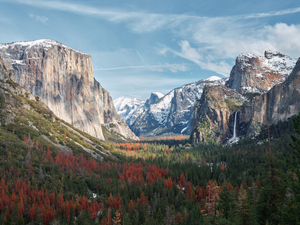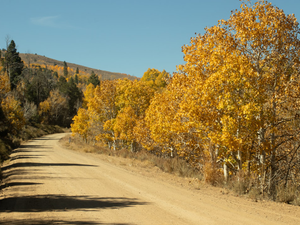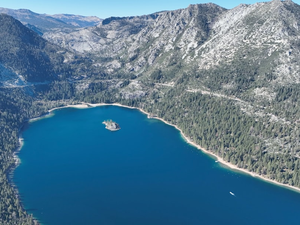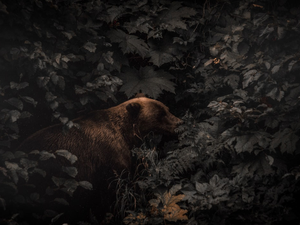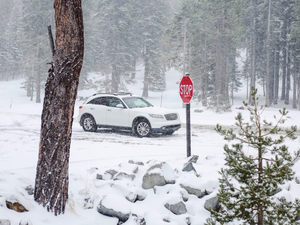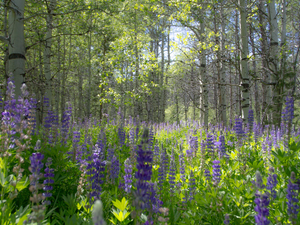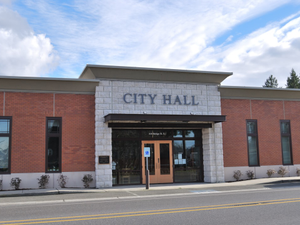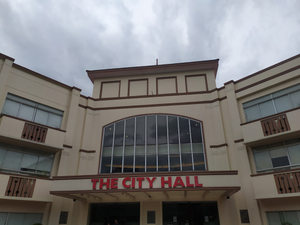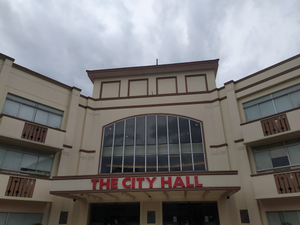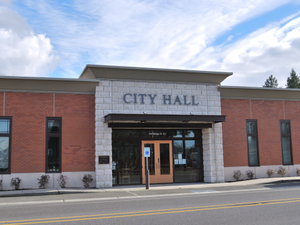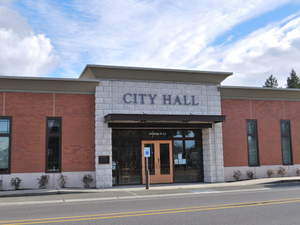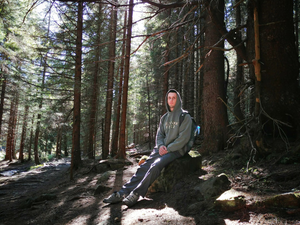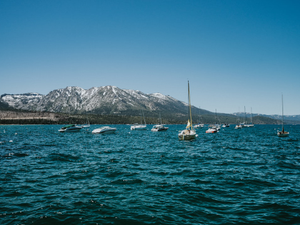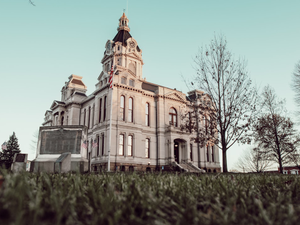Lightning Tech: The Wildfire Warning System That Could Save Tahoe
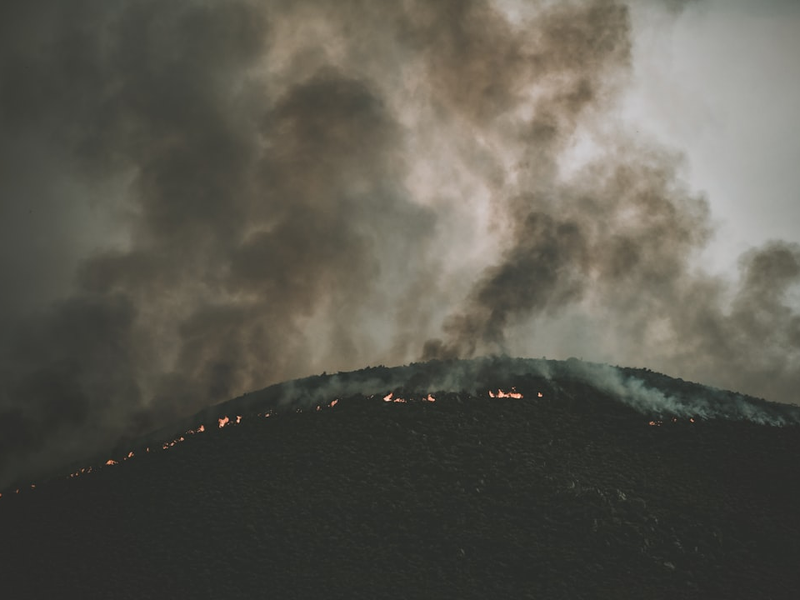
Photo by Tim Mossholder on Unsplash
Picture this: a summer thunderstorm rolls across the Sierra Nevada, crackling with electricity and potential disaster. But what if we could predict exactly which lightning bolts might spark the next massive wildfire before a single flame emerges?
A groundbreaking network of high-tech sensors installed across the Tahoe basin is changing the game in wildfire detection. Developed by Fire Neural Network, these cutting-edge instruments can pinpoint lightning strikes within 100 feet and determine their potential to ignite fires, all within 40 seconds.
Not All Lightning is Created Equal
Traditionally, firefighters have been left guessing which of thousands of lightning strikes might trigger a blaze. But these new sensors analyze electromagnetic fields and meteorological data to identify “high-risk” bolts that last up to 1,000 times longer than typical strikes.
During recent thunderstorms from July 22 to 29, the network detected 723 total lightning strikes, flagging 41 as potential fire starters. For a region like Tahoe, with limited evacuation routes and dense vegetation, this early warning could be a literal lifesaver.
The Stakes are High
Tahoe’s landscape is a tinderbox waiting to ignite. With evacuation times potentially stretching to 11 hours during a fast-moving wildfire, every second of advanced warning matters. Andrew Schwartz from UC Berkeley’s Central Sierra Snow Lab describes the technology as sensing “a disturbance in the electromagnetic field”, sounding more like science fiction than firefighting.
Beyond Current Technology
While webcam networks and other detection systems exist, they often catch fires after they’ve already begun. Fire Neural Network’s approach represents a quantum leap: detecting potential fire risks before they become visible, giving first responders crucial early intervention time.
As climate change increases wildfire risks, innovative technologies like these aren’t just cool tech, they’re potentially life-saving interventions that could protect communities, forests, and the incredible natural beauty of places like Tahoe.
AUTHOR: cgp
SOURCE: SF Chronicle
